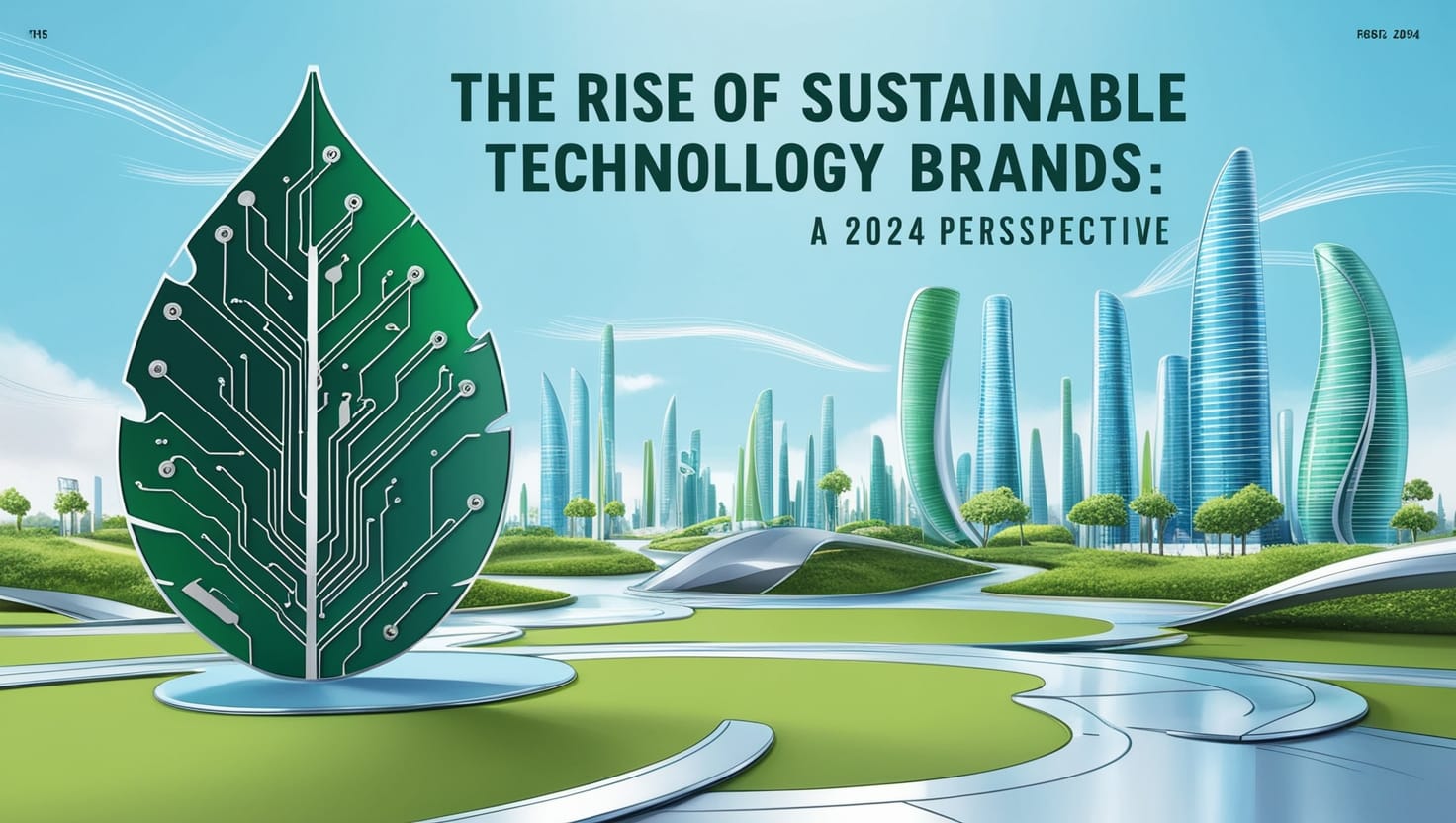
The Rise of Sustainable Technology Brands: A 2024 Perspective-As we move deeper into the 21st century, sustainability has become a driving force behind many industries, and the tech sector is no exception. In 2024, sustainable technology brands are emerging as key players in the push for a greener future. These brands are combining innovation with environmental responsibility, developing products and solutions that minimize ecological impact while enhancing efficiency and performance. From reducing carbon footprints to adopting circular economy practices, technology brands are leading the way in promoting sustainability. Let’s explore how these companies are shaping the future of technology with sustainability at the core.
The Importance of Sustainability in the Tech Industry
The technology industry has long been known for its rapid pace of innovation and significant energy consumption. In 2024, the pressure is mounting for technology brands to address their environmental impact, as consumers and businesses alike demand greener solutions. The growing concerns about climate change, resource depletion, and e-waste are prompting companies to rethink how they design, manufacture, and dispose of their products.
Sustainability is no longer a buzzword in the tech world—it’s a necessity. Tech companies are adopting environmentally friendly practices not just to meet regulatory demands, but to align with a shifting consumer mindset. Consumers are increasingly choosing brands that prioritize sustainability, pushing companies to adopt greener business models that reduce their carbon footprints, promote energy efficiency, and contribute to a more circular economy.
Eco-Conscious Product Design: The First Step Toward Sustainability

One of the most significant ways technology brands are embracing sustainability is by designing eco-friendly products. In 2024, companies are moving away from using harmful materials like PVC, and opting for more sustainable options like biodegradable plastics, recycled metals, and sustainable components. Many companies are also incorporating modular designs that allow products to be easily repaired or upgraded, reducing e-waste and extending the lifespan of devices.
For example, Apple has made significant strides in sustainability with its commitment to using 100% recycled aluminum in its products and working towards a closed-loop supply chain. In 2024, Apple continues to reduce its carbon footprint by transitioning to renewable energy in all of its facilities and aiming for carbon neutrality by 2030.
Similarly, Fairphone, a company based in Europe, focuses on creating smartphones designed for longevity. Their modular phones are easy to repair, and they use responsibly sourced materials to ensure minimal environmental impact. This approach not only reduces e-waste but also empowers consumers to extend the lifespan of their devices.
Energy-Efficient Technologies: Reducing Carbon Footprints
Another way technology brands are making an impact is through the development of energy-efficient products and solutions. AI and cloud computing technologies, which often require significant energy to operate, are being optimized to minimize power consumption.
Microsoft is one of the leaders in this space, with its commitment to becoming carbon negative by 2030. The company is investing in energy-efficient data centers and sustainable cloud computing practices. Through its Azure platform, Microsoft is also helping businesses optimize their operations, reducing their own energy consumption by providing access to AI and analytics tools that can drive smarter, more sustainable decision-making.
Similarly, Nvidia, known for its high-performance graphics cards, is making significant strides in energy efficiency with its GPU architecture designed for AI and deep learning. Nvidia’s Ampere GPUs are optimized for energy efficiency, ensuring that AI training processes consume less power, helping to lower the environmental footprint of large-scale data processing. (Read More: Future Trends in Tech: A Deep Dive into 2024’s Most Influential Technology Articles)
The Circular Economy: Rethinking Manufacturing and Waste
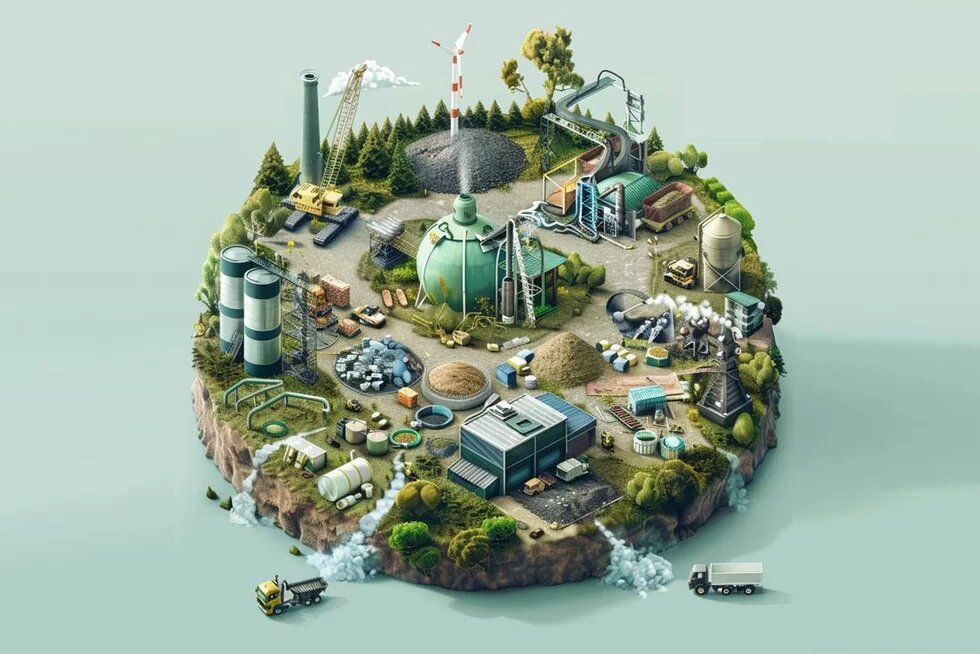
One of the most innovative ways technology brands are addressing sustainability is by embracing the circular economy model. Rather than relying on a linear “take, make, dispose” approach, companies are finding ways to keep products in use for longer and ensure that materials are reused or recycled.
HP, a global leader in printing and computing, is a standout example of a company that has embraced the circular economy. The company offers a closed-loop recycling program for its ink cartridges and uses recycled plastics in the manufacturing of its devices. HP’s commitment to a circular economy helps reduce waste while conserving resources, proving that sustainability and innovation can go hand in hand.
Dell Technologies is another technology brand making significant strides in this area. In 2024, Dell continues to focus on using sustainable materials in its products and ensuring its devices are fully recyclable. Dell has also implemented a take-back program, where customers can return old devices for recycling or reuse, contributing to a reduction in e-waste and the conservation of raw materials. (Read More: Cutting-Edge Aviation Technology: Enhancing Safety and Efficiency in Air Travel)
Sustainable Supply Chains: A Green Revolution Behind the Scenes
In addition to creating sustainable products, many technology brands are focusing on making their supply chains more sustainable. This involves working with suppliers to ensure they meet environmental standards and adopting sustainable sourcing practices for raw materials.
Tesla, for example, is pushing the boundaries of sustainability not just in its electric vehicles but across its entire supply chain. The company uses sustainable materials in the production of its cars and works with suppliers to source ethically mined lithium for its batteries. Tesla also strives to reduce the carbon footprint of its manufacturing processes by utilizing renewable energy at its factories and committing to a sustainable production model.
Google, in its pursuit of sustainability, has pledged to eliminate its carbon legacy and achieve 24/7 carbon-free energy by 2030. In 2024, the company continues to make significant investments in renewable energy sources and advocates for a sustainable approach to technology development across its global supply chain. (Read More: The Role of the Technology Acceptance Model in Accelerating Digital Transformation)
Consumer Responsibility and Sustainable Tech Adoption

The role of consumers cannot be overlooked when it comes to sustainable technology. As awareness of environmental issues grows, consumers are increasingly making purchasing decisions based on a brand’s sustainability practices. Technology brands are responding by offering more sustainable choices, from products made with recycled materials to energy-efficient designs and carbon-neutral services.
For instance, Samsung offers energy-efficient smart appliances and has made significant strides in reducing the environmental impact of its manufacturing processes. Samsung has also launched programs that allow consumers to recycle their old tech devices, contributing to a more sustainable tech ecosystem.
Conclusion article The Rise of Sustainable Technology Brands: A 2024 Perspective
The rise of sustainable technology brands is just the beginning. In 2024, more companies are integrating sustainability into their core values and making bold commitments to reduce their environmental footprints. The combination of energy-efficient innovations, circular economy practices, and sustainable supply chains is setting the stage for a greener future.
As sustainability becomes a top priority for consumers and businesses alike, technology brands will continue to lead the way in reducing the environmental impact of the tech industry. By embracing green technology and circular practices, these companies are not just shaping the future of the industry—they are ensuring that technology can be a force for good in the fight against climate change.
In the coming years, we can expect even more breakthroughs in sustainable tech, with technology brands taking responsibility for their environmental impact and driving the global transition to a more sustainable, eco-friendly world.
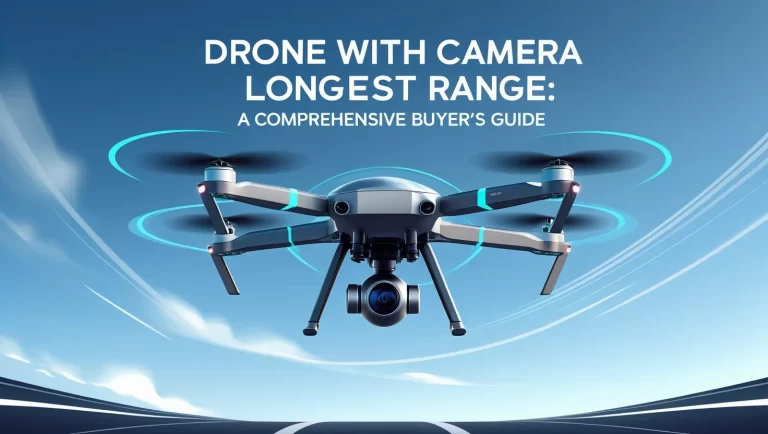

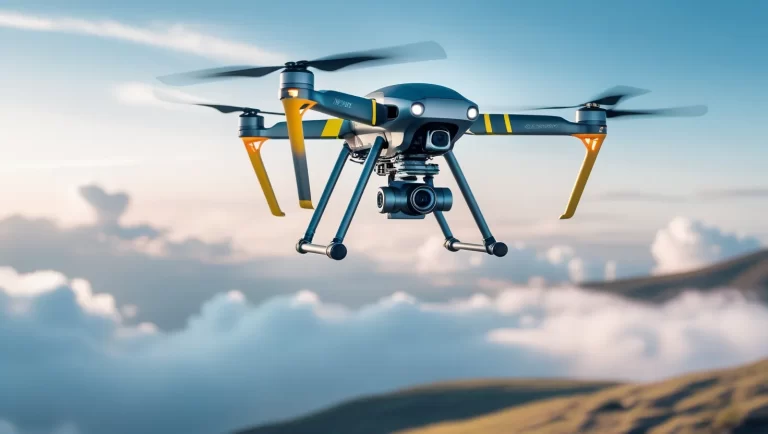
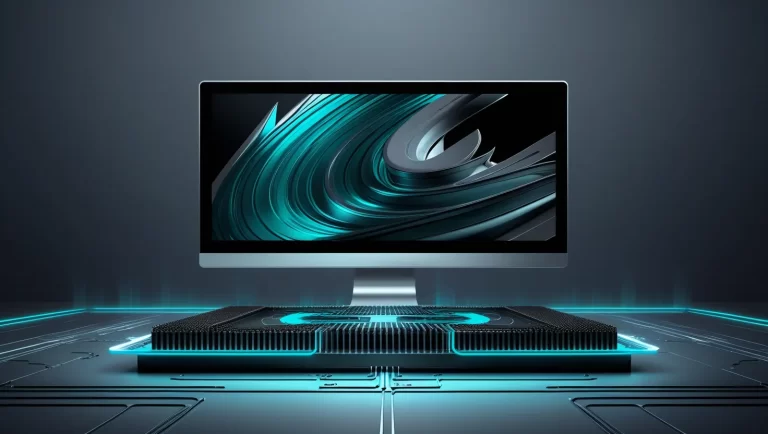

1 thought on “The Rise of Sustainable Technology Brands: A 2024 Perspective”